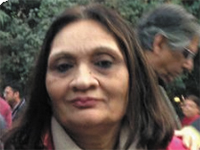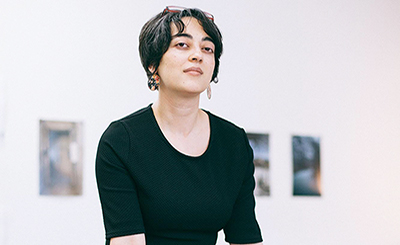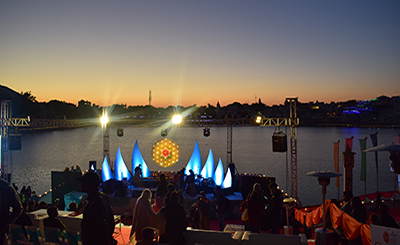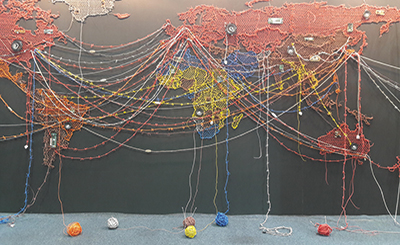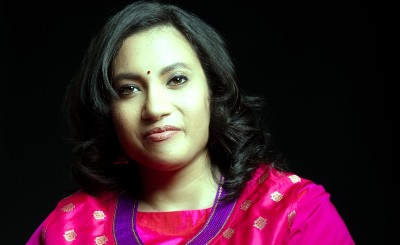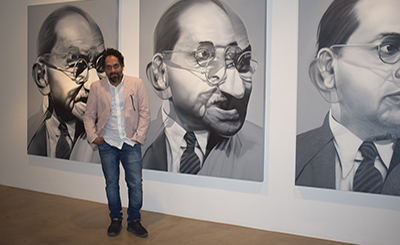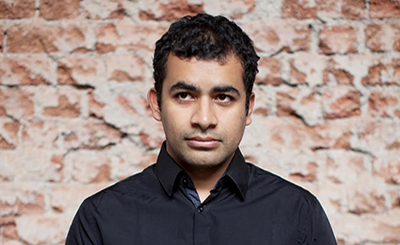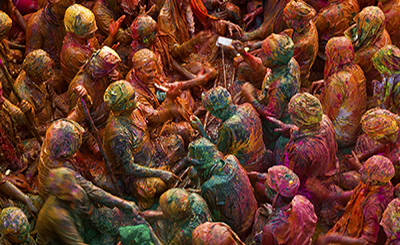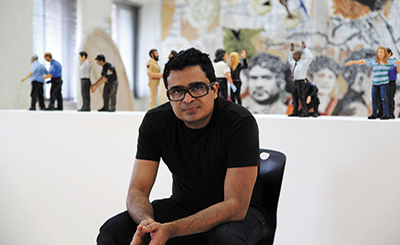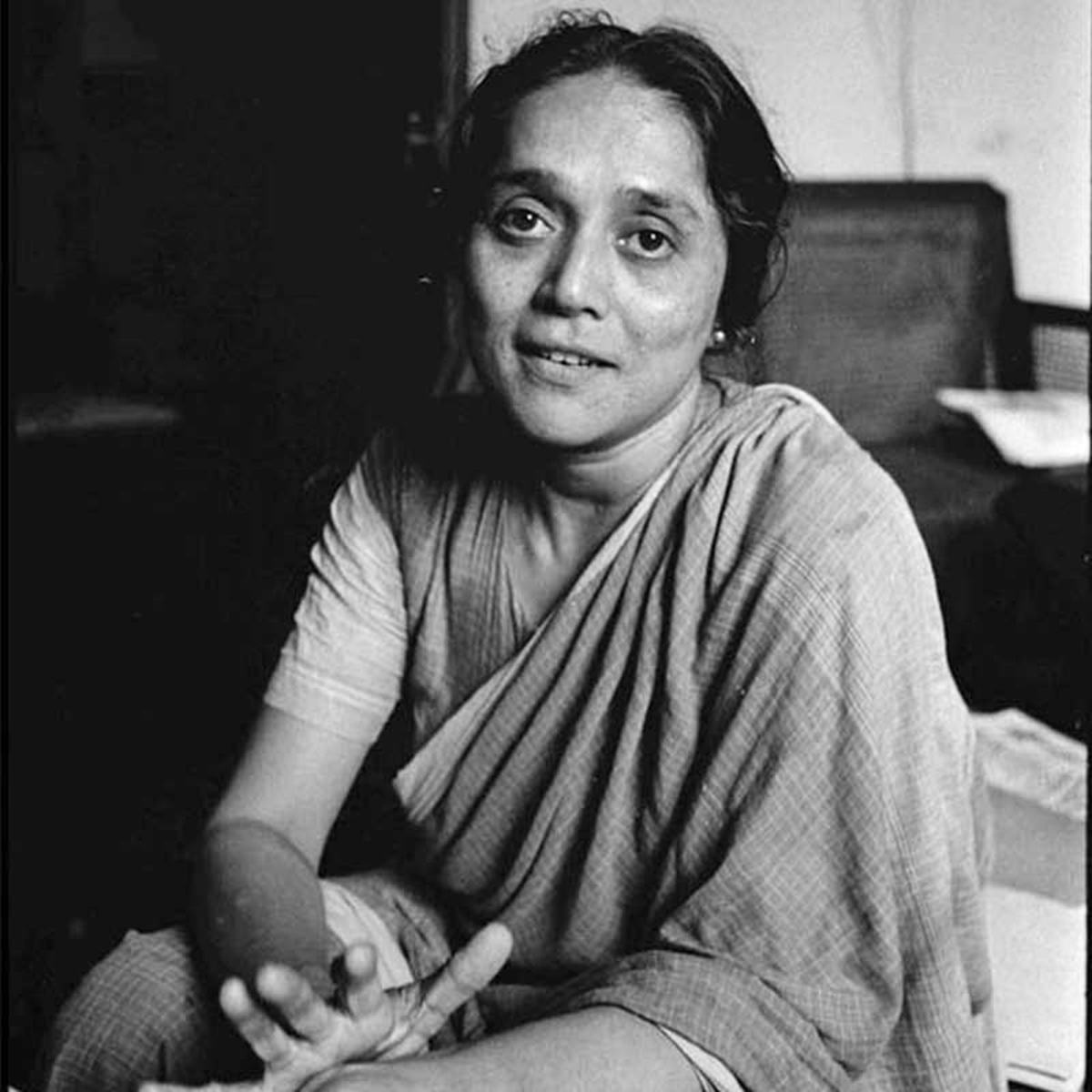
Sculptor Meera Mukherjee.
Meera Mukherjee had a great affinity for pastoral scenes and found ordinary folks caught in their routine chores joyful. She captured their simple pleasures and the ebb and flow of their emotions and moods.
Renowned sculptor Meera Mukherjee’s outstanding piece Balance went under the hammer at Saffronart’s Spring Live and Online Auction early in April. The monumental four-sided sculpture, composed of cast bronze panels in bas relief, reveals her inimitable style. Divided into two main sides, made of smaller sections joined together, it is one of the largest of Mukherjee’s non-public sculptures. Its essence, as in Mukherjee’s other works, is storytelling. It reveals the tale of ordinary people and imbues it with beauty, power, and quiet reflection.
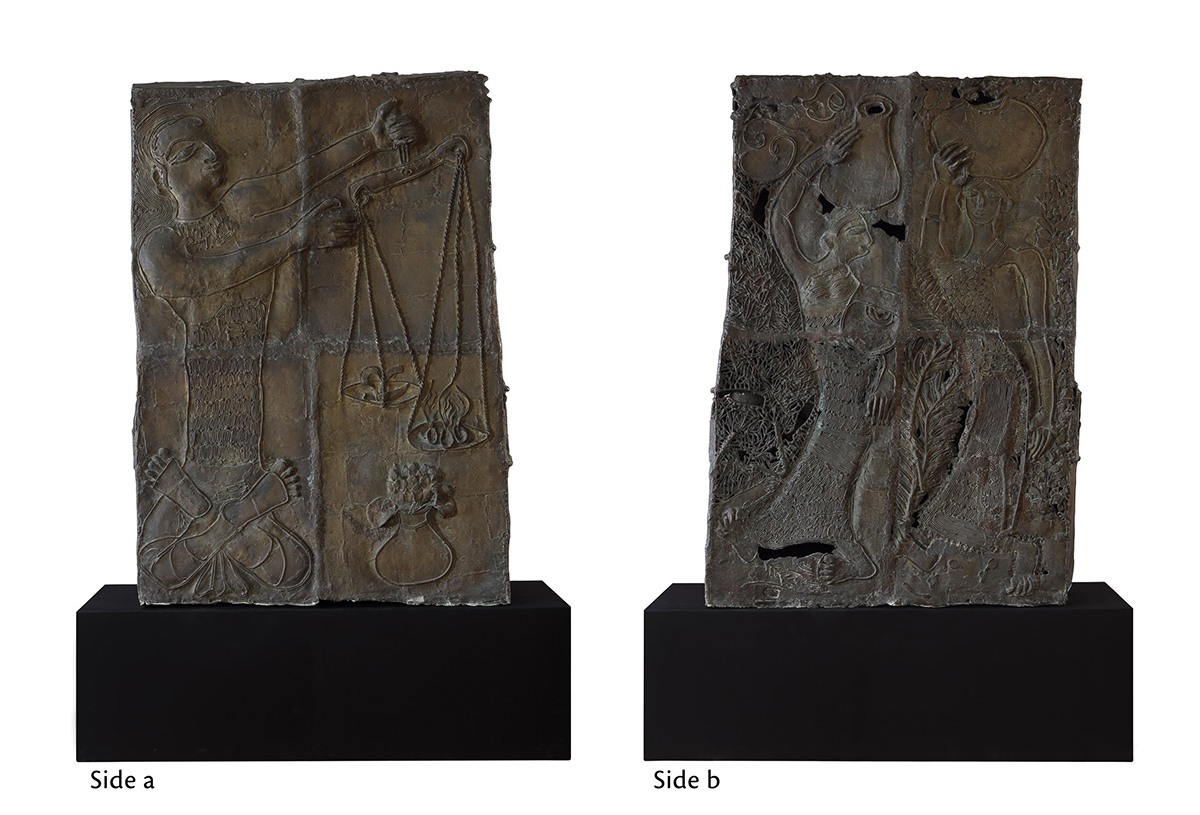
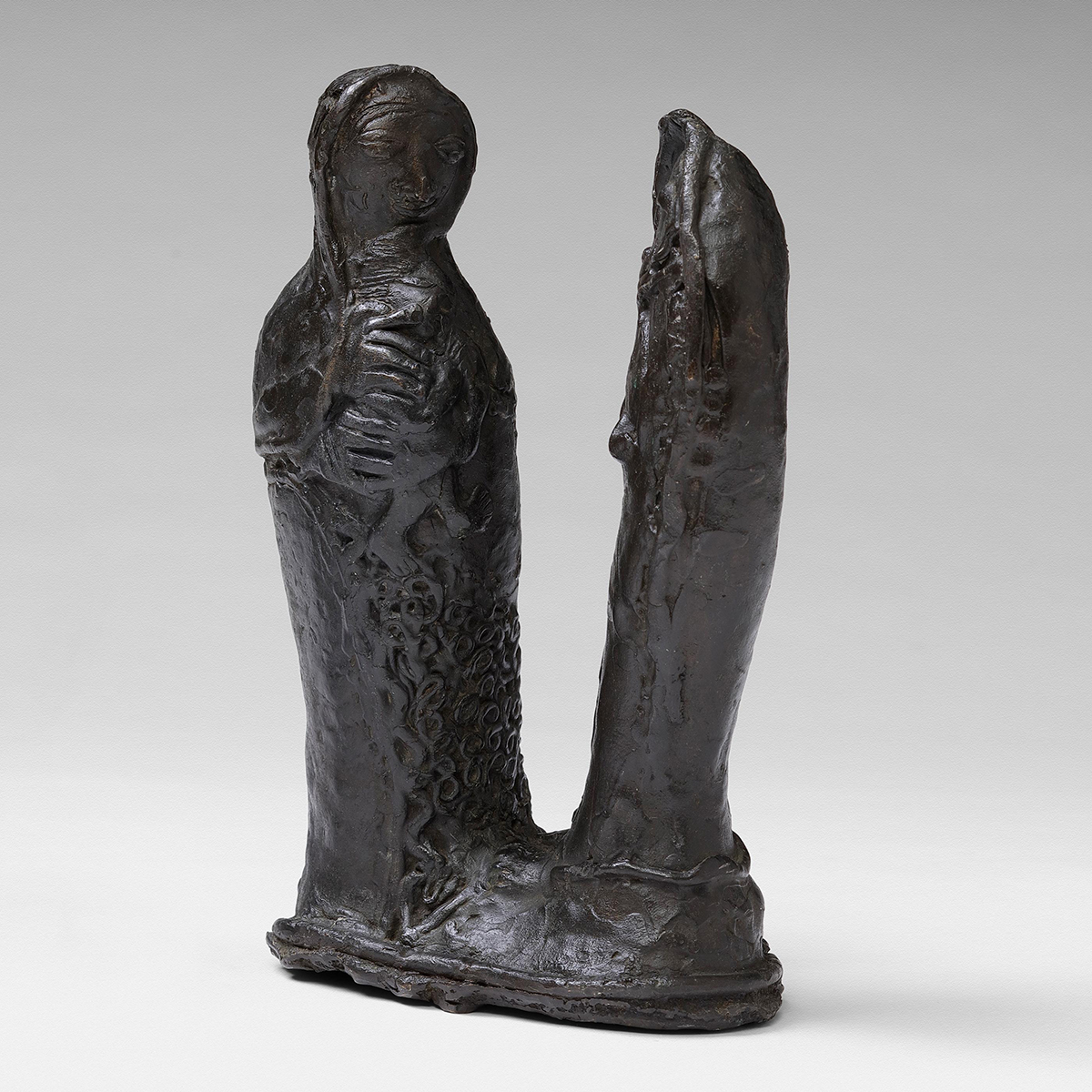
Mukherjee converts the most ordinary into the extraordinary. In Balance, one side shows a man seated cross-legged, holding a weighing scale, or balance; it infuses the mundaneness of daily chores with a wonderful and joyous spirit. On the opposing side, two women are seen walking amid the foliage, balancing pots on their heads, depicting a typical rural scene in India. There is a refined elegance in the artist’s own personal mythology. Despite the hardness of the bronze, the little details add a delicacy that lends a vital rhythm to the visual sensation.
The craftsmen of India were the inspiration for Mukherjee. She was completely taken in by their technique. So much so that she apprenticed with Bastar sculptors in Madhya Pradesh. From them, she learned the lost wax or cire perdue method of bronze sculpting, locally known as Dhokra, an ancient practice in the area for over 4,500 years. Although she had encountered the technique in Munich, it was the Bastar sculptors’ deep spiritual connection with their process that impacted her. She incorporates these learnings into a contemporary setting. Mukherjee created a world that unites tradition with modernism. After trial and error, Mukherjee eventually invented her own sculpting process; first sculpting her work in wax, then building it up and adding surface decoration, using wax strips and rolls.

“Working with these great craftsmen, I could sense the excitement I felt thinking that here the same hands and fingers were at work that had crafted those great Tanjore bronze figures and that with them I was part of it. I experienced their complete devotion whilst working on sacred pictures, which would be venerated and worshipped, and I asked myself, could we modern artists not develop the same spirit of devotion and apply it to our work? Why cannot we experience the same spiritual devotion on creating a figure that is not anymore a depiction of a deity but of otherworldly matters?” Mukherjee was quoted in George Lechner’s Remembering ‘Meera Mukherjee, and Bernried: Buchheim Museum’ — catalogue of the sculptor’s works displayed at the German museum — in 2012.
Mukherjee captured labourers, fishermen, artisans, and craftspeople engaged in daily work with great finesse. Her fascination for rural life was evident in most of her works. She depicts a woman sitting in a bullock cart impatiently holding on to her forehead in disgust while a man is changing the broken wheel. The Goddess Durga, with several hands, creates a magic that belonged only to her. Or a bawl singer raising his arms in ecstasy holding on to his ektara. Having studied in Shantiniketan, Mukherjee had a deep interest in music and was also a trained singer. She created several bronze sculptures of musicians. The most noteworthy was The Santur Player. She had a great affinity for pastoral scenes and found ordinary folks joyful in spite of their routine life. Mukherjee captured their simple pleasures in their various moods and depicted them either swinging or dancing.
Mukherjee was born in Kolkata in 1923, where she studied at the Indian Society of Oriental Art School. Later, at the Delhi Polytechnic, she received a diploma in painting, graphics and sculpture. She then proceeded to Germany to study painting at the Hochschule fur Bildende Kuenste in Munich, but after a single term she moved on to sculpture. She was the recipient of the Padma Shri, the President’s Award of Master Craftsman, and the Abanindranath Award from the West Bengal government. She died in 1998. Mukherjee greatly admired Michelangelo, but was influenced by the early Greek, Etruscan and Byzantium art as a student. As she evolved, she saw the similarity between them and the rural crafts of India.

There is a lyrical quality in Mukherjee’s sculptures. She has created her own modernity by using traditional techniques to create contemporary images. She highlights the rural and engages the viewer with her new visual perception. “Mukherjee’s rich body of sculptures is a reflection of her interest in the traditional sculpting methods of India and the spiritual connection the sculptors have with their process. Her works incorporate these learnings, while recontextualising the method of cire perdue (lost wax) for bronze sculpting for a contemporary setting,” says Dinesh Vazirani of Saffronart.
Tyeb Mehta’s ‘Untitled’ (Bull on Rickshaw), 1999, which was sold for Rs 41.97 crore — the highest bid achieved by the artist in the auction — is different from his earliest ‘Falling Figure’ works. Mehta’s abstract interpretation in bold colours depicts the swirling bull on the rickshaw captured through his vertical dividing lines. His visual language is unique. Even though it may appear sometimes that he is a painter who is playful with lines, even lyrically playful, don’t be misled as he is he is always in control in creating pure abstract expressionism.
There is a slice of deeply felt humanity, a moment of spiritual revelation in Ganesh Pyne’s remarkable ‘Untitled’ work, which was also part of the auction. The soulful dark figure with hollow eyes creates a mysterious aura shrouded within a quiet stillness. The form emerges from Pyne’s own inner world of darkness and light. Raja Ravi Varma’s ‘Draupadi Vastraharan’, circa 1888-1890, and M V Dhurandhar’s Untitled (‘Draupadi Vastraharan’), 1934, were sold for Rs 21.6 crore and Rs 8.04 crore, respectively.
More from Arts
Comments
*Comments will be moderated



